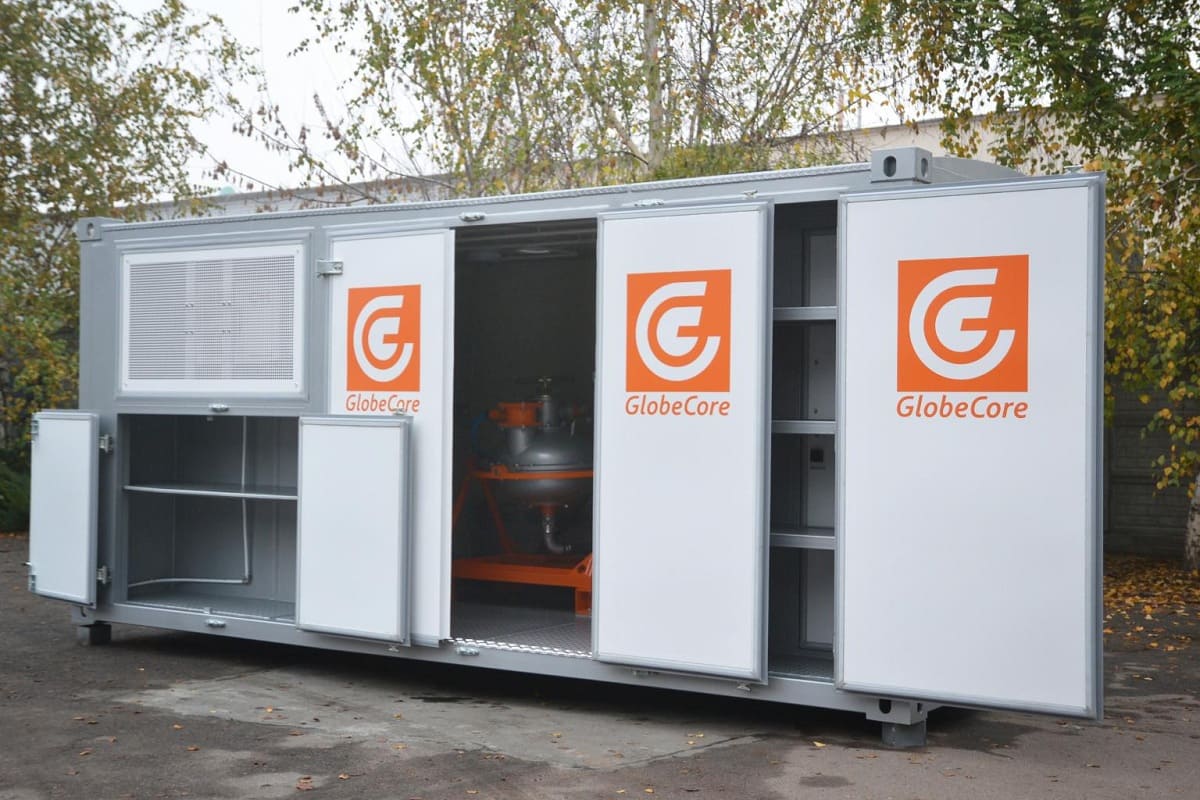Removal of heavy metals.. From the beginning of the 1970s, technological and scientific research has been increasingly directed towards protection and preservation of the environment, which is becoming more and more important around the world.
This is due to the irreversibility of negative anthropogenic impact, which is a real threat to the existence of mankind. It makes national conservation a number one priority.
The environment saturated with harmful substances, including toxic heavy metals, is becoming more dangerous to health and normal life of mankind. Adding to it is the increasing population, depletion of natural resources, an increase in industrial and agricultural production that creates worldwide shortage of fresh water. Besides, the development of industries such as optical, pharmaceutical and chemical, demands high quality treatment of wastewater. At the same time, the amount of wastewater increases, which, in turn, affects the environment and the state of water bodies. This demands the development of effective methods of water purification to remove undesired impurities.
By 1950s, wastewater was treated by distillation, but, unfortunately, this method requires bulky equipment and consumes a lot of energy. Since 1950, the deep wastewater treatment has been performed by ion exchange. The main disadvantage of this method is the chemical regeneration of sorbents with the use of significant amounts of corrosive reagents, as well as the complex design of equipment. From 1970, electrodialysis came into use, combined with reverse osmosis. However, large-scale development of this technology is limited by its high energy consumption and low productivity.
GlobeCore research shows that cleaning and neutralization of industrial wastewater could be seriously improved by the vortex layer device (AVS).
These devices were developed in the 1960s-1970s and have since been applied in many industries improving the efficiency and intensity of various processes. The great results of the AVS are due to a variety of phenomena and effects which occur in the chamber of the unit. These effects are electrolysis, electromagnetic treatment, intensive dispersion and others.
Table 1 shows the results of wastewater treatment from galvanizing plant contaminated by heavy metals with the AVS-100 vortex layer device, in comparison with the maximum permissible concentrations in the European Union standards.
Table 1
The results of treating wastewater from galvanizing plant removing heavy metals with the AVS-100 vortex layer device
|
№ |
Parameter |
Value |
Maximum permissible concentration (European Union) |
|
|
Before regeneration |
After regeneration |
|||
| 1 | рН |
1,75 |
6,74 |
6,5-8,5 |
| 2 | Fe, mg/l |
9,7 |
2,77 |
2-20 |
| 3 | Cu, mg/l |
18,29 |
0,65 |
0,1-4 |
| 4 | Ni, mg/l |
5,8 |
<0,02 (not detected) |
0,5-3 |
| 5 | Cr+6, mg/l |
19,08 |
<0,005 (not detected) |
0,1-0,5 |
The data shows that the AVS -100 reduces heavy metal concentration in wastewater to values not exceeding the maximum permissible concentrations specified by the European Union. Complete absence of nickel and hexavalent chromium in the water was achieved. The results demonstrate the efficiency of using the vortex layer devices in countries with more stringent requirements to hexavalent chromium and nickel concentrations.
It was also found that the vortex layer device saves on the reagents. The process of sedimentation occurs much faster than when using devices with a stirrer.

